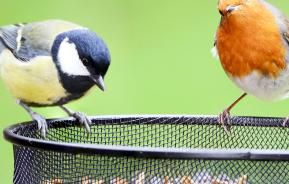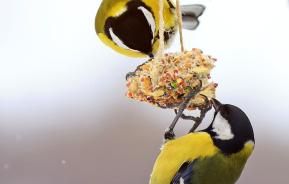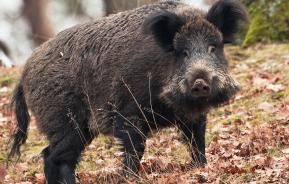Although rabbits in the wild are a welcome sight – in the garden it’s a totally different matter. They can cause extensive damage to trees, shrubs, herbaceous perennials, fruit and vegetables. New plantings and soft spring growth are often the most susceptible.
Description
Although rabbits mainly feed on dusk to dawn, they can be active during the day. They are prolific breeders, producing large numbers of young, which congregate together in groups known as warrens. The main breeding time is from January to July, but litters of young can be produced throughout the year.
Symptoms
- Rabbits can do various kinds of damage.
- Shoots of herbaceous perennials and vegetables are grazed down to ground level.
- Foliage and young shoots of trees and shrubs can be grazed up to a height of around 50cm (20in) when rabbits stand on their hind legs.
- The bark of trees and shrubs can maybe be gnawed away from the trunk. This is common in winter when other food is unavailable.
- They also dig holes in flower beds and lawns.
Treatment and control
One of the best methods of control is to prevent rabbits from getting into the garden in the first place. Rabbit-proof fences of wire mesh should be at least 1.2m (4ft) high with the lower 30-45cm (12-18in) buried in the ground; the bottom 15cm (6in) should be bent outwards to stop the rabbits tunnelling underneath.
Where complete fencing is not possible, you can protect small areas, or even individual plants, with wire-netting barriers.
Plastic tree guards can be used to protect the trunks of young and small trees and shrubs.
Chemical repellents and deterrents are available, but they rarely give complete protection, especially during wet weather.
Some plants are more resistant than others, but even the young growth of these can be damaged, especially when other food sources aren’t available.
Rabbits can be controlled by shooting, gassing or trapping, but this is best carried out by a professional company.








